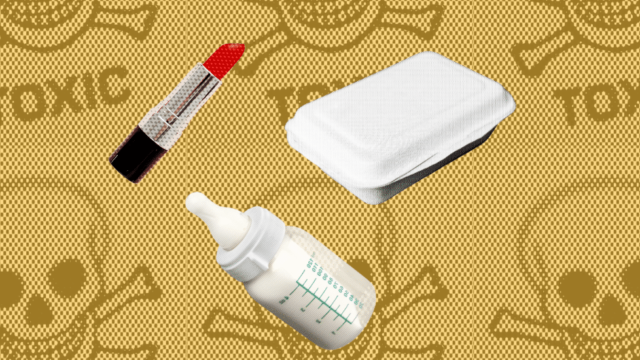Remember last year, when the Canadian Environmental Protection Act (CEPA) was finally reformed after more than two decades? Ecojustice supporters were instrumental in bringing that victory over the line.
But what does a modernized CEPA mean exactly? And how will it impact our everyday lives? Well, today’s decision is an important first step towards regulating the toxic chemical, 6PPD under the new CEPA — and is the first example of how this updated law can work.
Ecojustice, on behalf of Raincoast Conservation Foundation, Watershed Watch Salmon Society, and Pacific Salmon Foundation, used CEPA to request the federal Minister of Environment and Climate Change, Steven Guilbeault, prioritize 6PPD for investigation after emerging research linked the chemical commonly used in tires to mass die-offs of coho salmon.
Do all tires contain 6PPD?
To help make them last longer, all tires contain either 6PPD or another toxic alternative from the PPD family. The chemical protects rubber from reactions with ozone and oxygen, which can lead to cracks.
The problem is when the chemical comes into contact with ozone in the air it turns into 6PPD-quinone (6PPD-q), which is highly toxic to coho salmon. When it rains, the 6PPD-q present on the surface of tires and roads gets washed into waterways.
While the source of mass coho deaths in urban areas was unknown for decades, a seminal 2020 study confirmed 6PPD-q as the cause.
When was 6PPD first used in tires?
6PPD was developed back in the 1960s and, according to the Tire and Rubber Association of Canada, has been widely used in motor vehicle tires since the 1970s. Safer alternatives are being sought to keep tire rubber from cracking.
What does 6PPD do to fish?
Research shows that concentrations of 6PPD-q in stormwater were toxic enough to kill coho salmon within a few hours. As the United States Environmental Protection Agency notes on its website, “Subsequent work identified some other fish species as vulnerable to 6PPD-quinone.” Research since 2020 has already confirmed similar lethal and sub-lethal impacts to other salmonids, including rainbow trout and lake trout.
But it’s not just fish that are threatened. Coho salmon are considered a keystone species that supports entire ecosystems. When there are mass die-offs of keystone species like coho salmon, it can have a ripple effect that is felt by other species and sometimes even entire ecosystems.
Salmon also has significant cultural implications for many Indigenous Peoples. They rely on these fish for food and cultural practices and, as such, the health of the salmon population is inextricably linked to the wellbeing of coastal Indigenous communities.
Is 6PPD a forever chemical?
6PPD is not a considered a “forever chemical” nor is it persistent. Unlike some chemicals which will linger in the environment for thousands upon thousands of years, once tires containing 6PPD are taken out of the equation, the damage stops.
However, until action is taken, these tires will be manufactured, imported and used for years to come. The federal government must take urgent action to assess and regulate 6PPD, press tire manufacturers to find a less toxic alternative, and prohibit use so that our salmon can recover.



